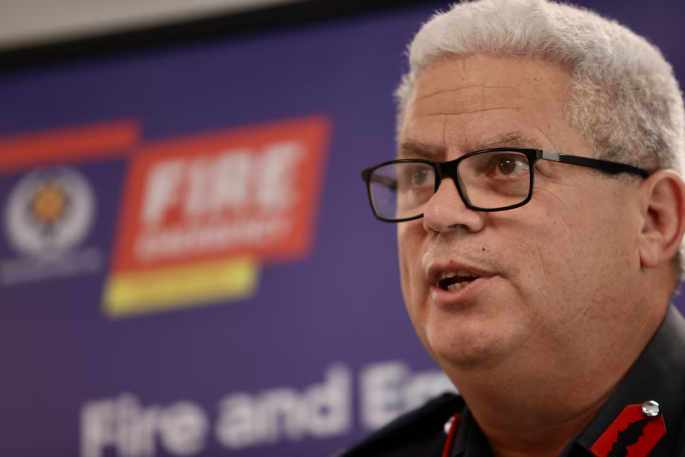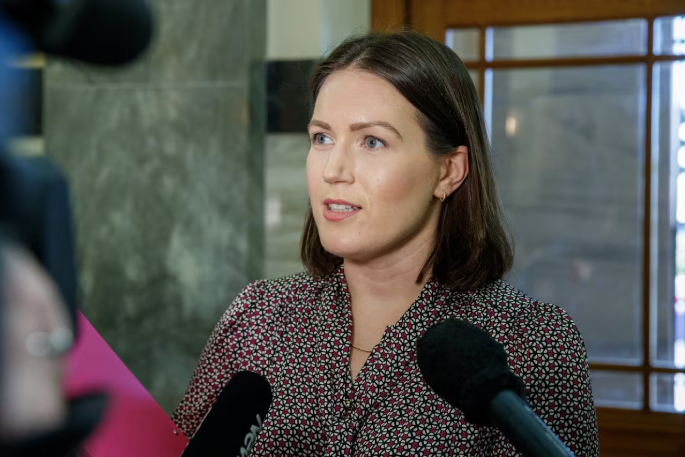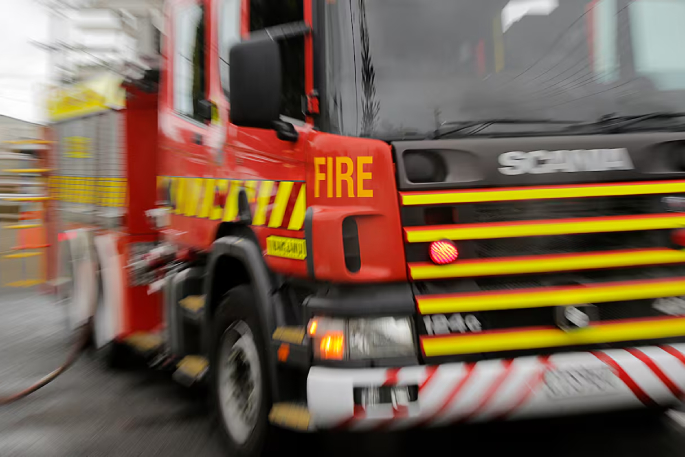Fire and Emergency NZ is considering whether fines should be imposed for repeated false alarms and is assessing more selective overseas response models to avoid attending callouts when firefighters aren’t needed.
Fenz officials told MPs on Parliament’s Governance and Administration select committee about a third of all calls received turned out to be false alarms and that sanctions - fines - could be one method to decrease their frequency.
Fines of up to $1000 for repeated false alarms that led to unnecessary fire service responses were available under legislation prior to 2017 before it was changed.
Fenz national commander Russell Wood, referencing the preference of staff not to waste time on false alarms, mentioned the historical sanction regime on Wednesday and said it was an option Fenz could look at.
Wood later told the Herald all potential levers - whether they were “carrot” or “stick” - would be assessed, but it would ultimately be the Government’s decision to change current legislation to allow fines.
“I think we’re kind of neutral on it,” Wood said of Fenz’s position.
 Fire and Emergency New Zealand chief executive Kerry Gregory says deeper analysis is needed before the response model is changed. Photo / George Heard.
Fire and Emergency New Zealand chief executive Kerry Gregory says deeper analysis is needed before the response model is changed. Photo / George Heard.
Fenz chief executive Kerry Gregory said consequences of the previous regime would have to be considered, noting how some fines of the past had been passed on to tenants.
Wood and Gregory also confronted how potential changes could be made to Fenz’s response model after National Bay of Plenty MP Tom Rutherford asked whether adopting a model akin to Scotland’s was being considered.
Scotland’s approach, according to Rutherford, meant fire services no longer attended automatic fire alarms in workplaces such as factories, offices and shops unless a fire was confirmed.
In New Zealand, fire services responded to callouts but it was the scale of the response - how many engines attended - which varied.
Wood said such a model was being considered but clarified it wouldn’t be done in a blanket approach and should factor in relevant local context.
He reiterated that to the Herald after the select committee.
“The short answer is we are not going to take the Scottish fire and rescue model and just drop it into New Zealand, but we are interested in ways we respond to repeat false alarms.”
Gregory said Scotland’s model would be considered among others as part of further analysis of how Fenz could adapt its response.
 Internal Affairs Minister Brooke van Velden, who is responsible for Fenz, was open to the idea of introducing a sanction regime. Photo / Mark Mitchell.
Internal Affairs Minister Brooke van Velden, who is responsible for Fenz, was open to the idea of introducing a sanction regime. Photo / Mark Mitchell.
Minister responsible for Fenz Brooke van Velden said neither issue had been raised with her by officials.
She said she was open to discussing introducing a fines regime if there was an increasing rate of false alarms coming through.
However, van Velden was less supportive of changing Fenz’s response criteria to be similar to Scotland’s.
“I’m not comfortable with that, we do actually want our emergency services to respond to people in need.”
Fenz reacts to the changing nature of volunteerism
Rutherford also pressed the Fenz leaders on strategies to prevent the loss of volunteer firefighters, noting a 48 per cent turnover in the last five years.
Wood said it was difficult to know what an appropriate attrition rate would be, given how volunteerism was changing across society.
“I think maybe the days of long-serving volunteer firefighters may be something we have to get our head around won’t be occurring in the future,” he said.
“That people come in, they give their all for three to five years and then they move on, so it’s how we respond to that.”
He believed lessening administrative burden, providing development opportunities and leading a good culture would reduce attrition.
Volunteers formed the overwhelming majority of Fenz’s workforce. Volunteers accounted for 12,000 of New Zealand’s firefighters. Just 1800 were paid.
Gregory admitted to MPs Fenz hadn’t effectively communicated its reliance on volunteers and also acknowledged the low public awareness of the lack of women working with Fenz.
About 20 per cent of volunteer firefighters and only 6 per cent of paid firefighters were women.
Gregory said those proportions were increasing “very slowly” and reiterated Fenz’s significant focus on achieving a better gender balance.



0 comments
Leave a Comment
You must be logged in to make a comment.